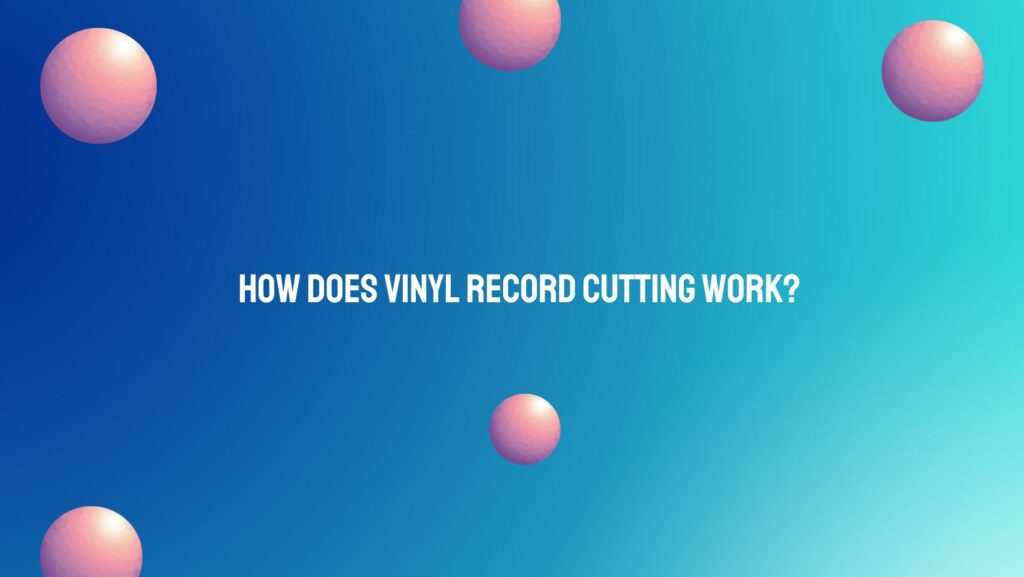In the digital age, where music can be streamed at the touch of a button, vinyl records continue to captivate audiophiles with their warm, analog sound. At the heart of this sonic magic is the intricate process of vinyl record cutting. In this exploration, we’ll unravel the art and science behind how vinyl records are cut, transforming the vibrations of music into grooves etched in vinyl.
- The Analog Resurgence: Why Vinyl? Before delving into the mechanics of vinyl record cutting, it’s essential to understand the allure of analog sound. Vinyl records offer a rich, warm quality that many enthusiasts argue is unparalleled. The physicality of the medium and the process of cutting grooves contribute to a unique auditory experience that has sparked a vinyl resurgence.
- Mastering: Crafting the Sonic Blueprint: The journey of a vinyl record begins in the mastering studio. Here, audio engineers carefully shape the sonic characteristics of the music, ensuring optimal playback on vinyl. The mastering process involves adjusting levels, equalization, and dynamics to create a master disc that will serve as the blueprint for the vinyl cutting process.
- Lacquer Disc Preparation: The Canvas for Sound: The master disc is typically made of lacquer, a soft material that allows for precise groove cutting. The lacquer disc is coated with a thin layer of silver to enhance conductivity. This prepared disc is then placed on the cutting lathe, ready to receive the musical imprint.
- The Cutting Lathe: Transforming Sound into Grooves: The cutting lathe is the heart of the vinyl record cutting process. It consists of a turntable, an arm with a cutting stylus, and a mechanism to move the cutting head across the lacquer disc. As the turntable spins, the audio signal is sent to the cutting stylus, which vibrates according to the variations in the music.
- Vibrations to Grooves: Translating Sound Waves: The cutting stylus translates the vibrations from the audio signal into grooves on the lacquer disc. The depth and width of these grooves correspond to the intensity and frequency of the sound waves. Bass frequencies result in wider grooves, while high frequencies create narrower ones. This delicate dance between vibrations and grooves is what captures the essence of the music.
- Electroplating: From Lacquer to Metal Master: Once the lacquer disc is cut, it undergoes a series of electroplating processes to create a metal master. The disc is coated with a conductive layer, and an electrically charged metal is deposited onto it. This results in a negative image of the grooves, forming a durable metal master that serves as the template for mass production.
- Pressing and Manufacturing: Turning Masters into Vinyl: The metal master is used to create stampers, which are then used in the pressing of vinyl records. Vinyl pellets are melted, pressed, and molded to form the iconic discs. Labels are applied, and the records are ready for packaging.
Conclusion:
Vinyl record cutting is a meticulous and artistic process that transforms the intangible beauty of music into tangible grooves etched in vinyl. From the mastering studio to the cutting lathe and the electroplating stages, each step contributes to the creation of a physical artifact that captures the essence of sound. As the analog resurgence persists, the art and science of vinyl record cutting continue to enchant music enthusiasts, providing a timeless and immersive listening experience.


